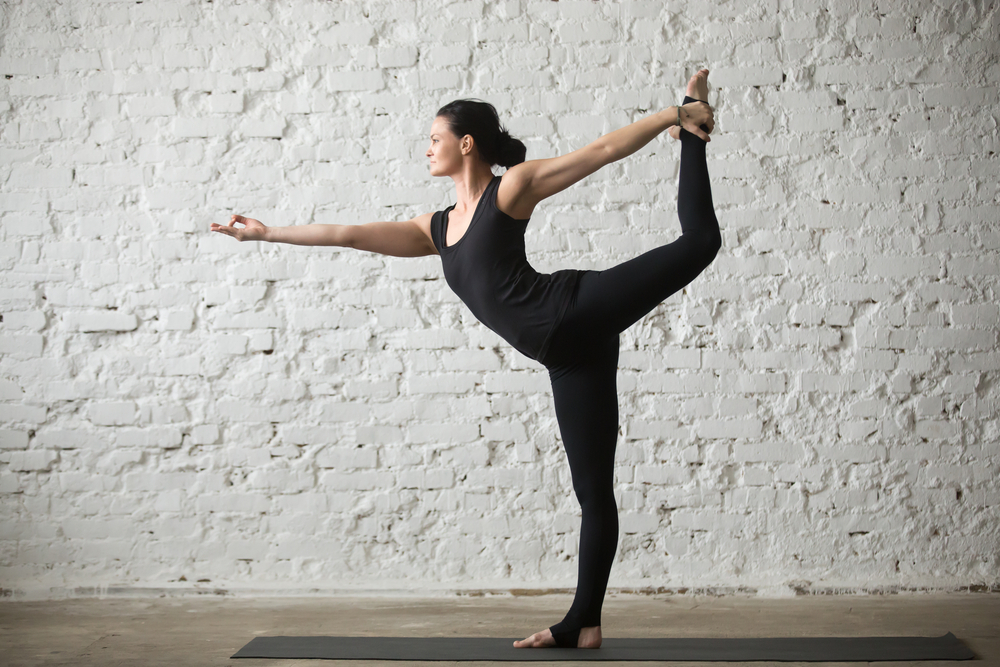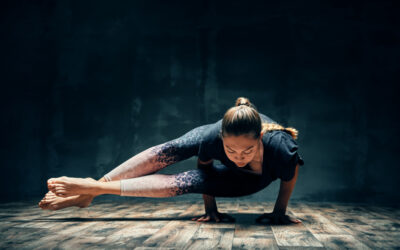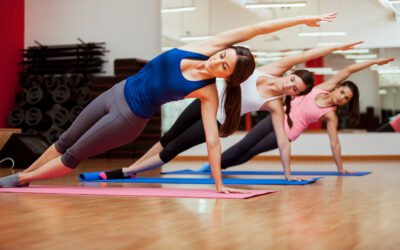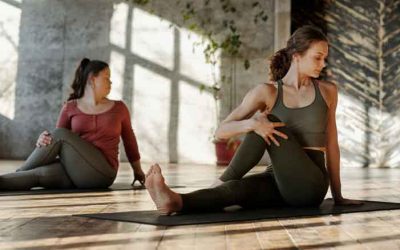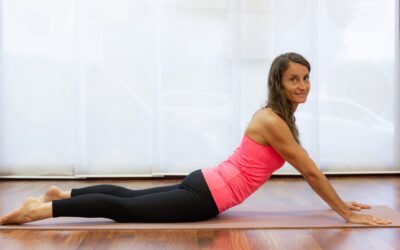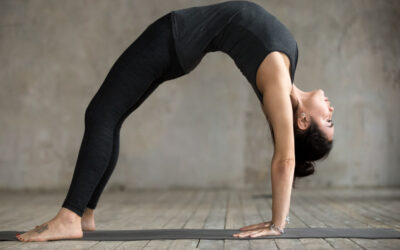🎯 Key Points
- Lord of Dance pose is also known as Natarajasana in Sanskrit.
- It requires balance, strength, and flexibility.
- The pose involves standing on one leg while reaching back to hold the opposite foot with one hand.
- Lord of Dance pose can help improve focus and concentration.
- It also stretches the shoulders, chest, thighs, and hips.
Lord of the Dance pose, also known as Natarajasana, is a captivating and dynamic yoga posture that showcases elegance, balance, and strength. This pose derives its name from the Hindu god Lord Shiva, who is often depicted as a divine dancer. Lord of the Dance pose is not only aesthetically pleasing but also offers various physical and mental benefits.
In this article, we will explore the numerous advantages of practicing Lord of the Dance pose, learn how to perform it correctly, and discover some exciting variations to deepen our practice. Whether you are a seasoned yogi or a beginner looking to enhance your yoga journey, this pose is sure to bring joy, harmony, and vitality to your practice.
Benefits of Lord of Dance Yoga Pose.
1. Improved balance and stability.
The Lord of Dance Pose challenges one’s balance and stability, requiring focus and concentration. Regular practice helps strengthen the muscles in the legs, ankles, and feet, leading to better balance both on and off the mat.
2. Increased flexibility.
This pose stretches and lengthens the entire front of the body, including the thighs, hips, abdomen, chest, and shoulders. Through consistent practice, individuals can experience improved flexibility in these areas, allowing for greater freedom of movement and reduced risk of injuries.
3. Enhanced strength and toning.
Natarajasana engages and strengthens multiple muscle groups, particularly the quadriceps, hamstrings, glutes, core, and shoulders. As the body strives to maintain balance in this challenging pose, these muscles are activated, leading to increased strength and toning over time.
4. Improved posture and spinal alignment.
The Lord of Dance Pose requires a straight and elongated spine, promoting good posture and alignment. By practicing this asana regularly, individuals can train their body to hold itself more efficiently, reducing the risk of back pain and discomfort.
5. Increased concentration and focus.
Balancing in Natarajasana demands concentration and focus. By staying present and mindful during this pose, practitioners cultivate mental clarity and focus, which can be carried off the mat and applied to daily life.
6. Stress and anxiety relief.
The practice of Lord of Dance Pose promotes deep breathing and mindfulness, which can help reduce stress and anxiety. The combination of physical exertion and mental focus can create a sense of calm and tranquility, allowing practitioners to release tension and find inner peace.
7. Boosted self-confidence.
Mastering the Lord of Dance Pose requires patience, dedication, and perseverance. As individuals progress in their practice and deepen their understanding of this challenging pose, they develop a sense of accomplishment and self-confidence that can extend beyond the yoga mat.
8. Improved digestion and detoxification.
The twisting motion in Natarajasana stimulates the digestive organs, promoting healthy digestion and elimination. This pose also aids in detoxification by increasing blood flow and lymphatic circulation, assisting the body in flushing out toxins and waste.
9. Energizing and invigorating.
The Lord of Dance Pose is an energizing posture that can help combat fatigue and increase vitality. The deep stretch and opening of the chest and heart center can result in an increased flow of energy throughout the body, leaving practitioners feeling refreshed and revitalized.
| 💡 Tips FreakToFit.com The Lord of Dance Yoga Pose offers a multitude of benefits for individuals seeking physical, mental, and emotional well-being. By incorporating this powerful posture into their regular yoga practice, practitioners can experience improved balance, flexibility, strength, posture, concentration, stress relief, self-confidence, digestion, detoxification, and overall vitality. |
How to do Lord of Dance Yoga Pose?
- Start by standing tall with your feet hip-width apart and your arms relaxed by your sides.
- Take a deep breath in and as you exhale, shift your weight onto your right foot.
- Bend your left knee and bring your left foot up towards your left glute, grabbing onto your ankle with your left hand.
- Extend your right arm straight up towards the ceiling, keeping your gaze focused on a fixed point for balance.
- Slowly begin to hinge forward at the hips, while simultaneously extending your left leg straight back behind you.
- Keep your left arm extended out in front of you for balance.
- Engage your core and try to keep your body in a straight line from your head to your heel.
- Hold the pose for a few breaths, finding your balance and stability.
- To come out of the pose, slowly lower your left leg back down to the ground and return to standing position.
- Repeat on the other side, shifting your weight onto your left foot and extending your right leg back.
- Remember to take it slowly and listen to your body, only going as far as feels comfortable for you.
Variations of Lord of Dance Yoga Pose and how to do?
While the traditional version of Lord of the Dance pose is beneficial on its own, there are several variations that can be explored to deepen the practice and experience its numerous benefits.
1. Half Lord of the Dance Pose.
Start by standing tall and shift your weight onto your left leg. Bend your right knee and raise your right foot towards your glutes. Grab the inside of your right foot with your right hand and gently press your foot into your hand. Extend your left arm upwards towards the sky, keeping your gaze forward. This variation focuses on opening the shoulders and chest while stretching the quadriceps and hip flexors.
2. Revolved Lord of the Dance Pose.
Begin in the traditional Lord of the Dance pose with your right leg extended behind you and your right hand holding onto your right foot. Slowly rotate your torso to the right, opening your chest while keeping your gaze over your right shoulder. Extend your left arm out to the side, aligning it with your shoulder. This variation adds a twist to the pose, providing a deeper stretch for the spine, shoulders, and hips.
3. Flying Lord of the Dance Pose.
Starting in the traditional pose, shift your weight onto your left leg and extend your right leg behind you. As you lift your right leg, lean forward slightly, engaging your core for balance. Once you have found stability, slowly extend your left arm forward while keeping your gaze focused. This variation challenges your balance and strengthens the core, while also increasing flexibility in the hamstrings and shoulders.
4. Bound Lord of the Dance Pose.
From the traditional pose, bend your left elbow and reach it behind your back. Simultaneously, reach your right arm forward and grab onto your left hand. As you press your foot into your hand, gently draw your left elbow towards the midline of your body. This variation intensifies the stretch in the shoulders and chest while deepening the opening in the quadriceps and hip flexors.
| 💡 Tips FreakToFit.com Regardless of the variation chosen, it is important to approach Lord of the Dance pose with patience and respect for your body’s limitations. Regular practice of these variations will gradually enhance your strength, flexibility, and overall body awareness, allowing you to embody the grace and fluidity of a divine dancer. |
Precautions while doing Lord of Dance Yoga Pose.
- Warm up properly before attempting the Lord of Dance Yoga Pose to avoid any muscle strain or injury.
- Start with a slower pace and gradually increase the intensity and duration of the pose as your flexibility and strength improve.
- Use a yoga mat or non-slip surface to prevent slipping or falling during the pose.
- Maintain proper alignment throughout the pose by engaging your core muscles and keeping your spine straight.
- Avoid forcing your body into the pose if you feel pain or discomfort. Instead, work within your comfortable range of motion and gradually deepen the pose over time.
- Use props, such as a strap or block, if needed, to assist in maintaining balance and stability.
- Keep your breath steady and focus on maintaining a relaxed state of mind while in the pose.
- If you have any pre-existing injuries or medical conditions, consult with a qualified yoga instructor or healthcare professional before attempting the Lord of Dance Yoga Pose to ensure it is safe for you.
- Listen to your body and give yourself breaks when needed. Do not push beyond your limits.
- Practice under the guidance of a certified yoga instructor, especially if you are a beginner, to ensure proper form and avoid any potential risks.
Who can do Lord of Dance Yoga Pose?
Intermediate practitioners can deepen their practice by finding more length and extension in the limbs while maintaining a steady breath. Advanced yogis can explore variations of the pose by adding binds or backbends to enhance the intensity and gracefulness of the posture. Overall, anyone who is committed, patient, and willing to embrace the journey of self-discovery through yoga can aspire to master the Lord of Dance pose.
Who should avoid Lord of Dance Yoga Pose?
Individuals with certain physical limitations or injuries should proceed with caution or avoid this pose altogether. Those with knee or ankle injuries, for example, may find it difficult to maintain stability and may exacerbate their condition by attempting this pose. Similarly, individuals with balance issues or low back pain should be cautious as the pose involves a deep backbend and requires a steady balance on one leg. It is always advisable to consult with a qualified yoga teacher or healthcare professional before attempting advanced poses like the Lord of Dance Yoga Pose.
Bottom Line.
The Lord of Dance yoga pose, also known as Natarajasana, is a beautiful and challenging posture that requires strength, balance, and flexibility. It symbolizes the graceful and powerful nature of Lord Shiva, the Hindu god of destruction and creation.
By practicing this pose, we not only cultivate physical benefits such as improved core strength and increased flexibility, but also tap into a deeper sense of connection with ourselves and the world around us.
The Lord of Dance pose serves as a reminder to embrace both the light and dark aspects of life, finding balance and harmony within ourselves. So, let us step onto our mats, embody the spirit of Lord Shiva, and dance through life with grace and strength.

 Workout
Workout
 Meditation
Meditation


 Stories
Stories


 Podcast
Podcast E-book
E-book